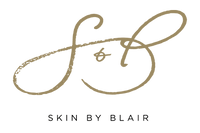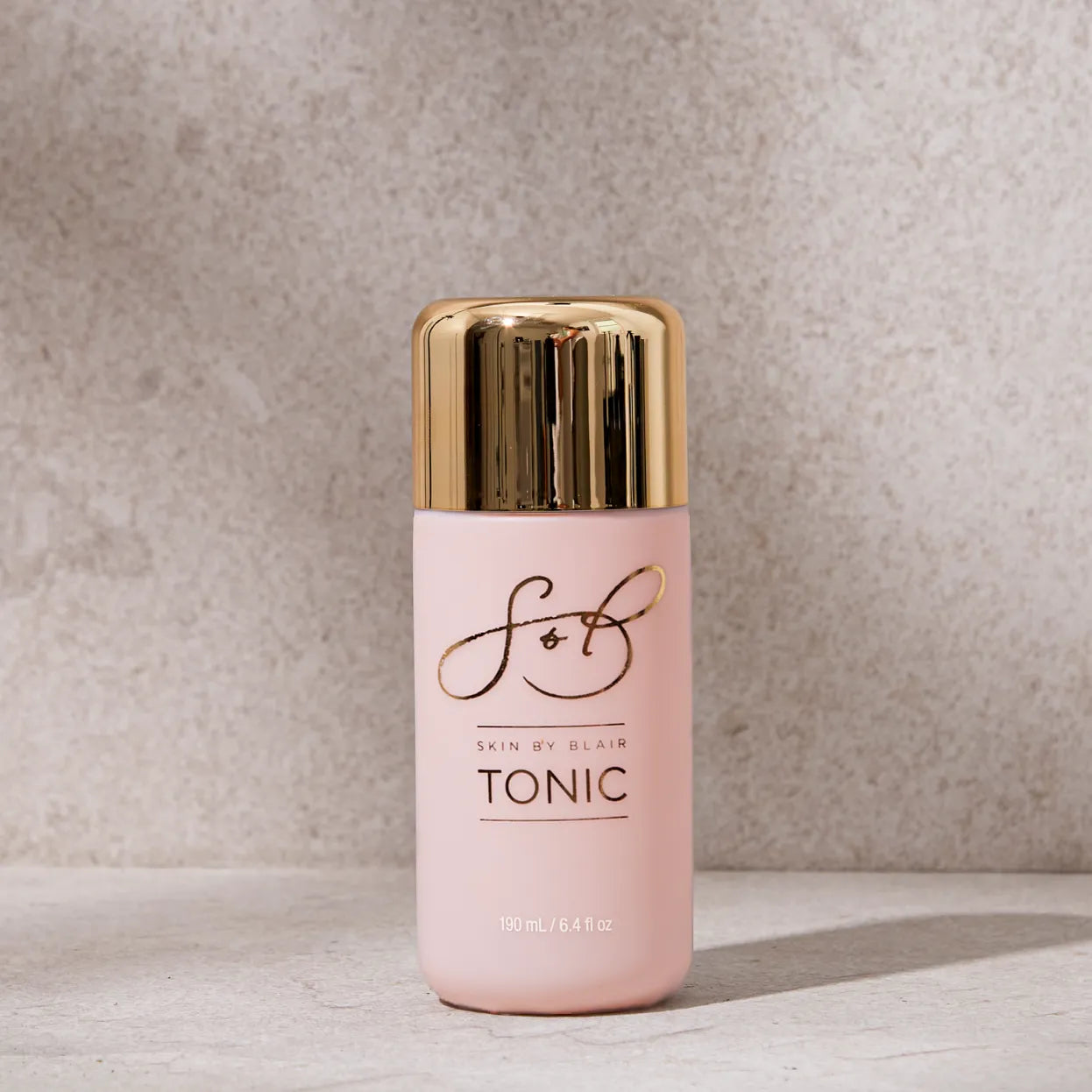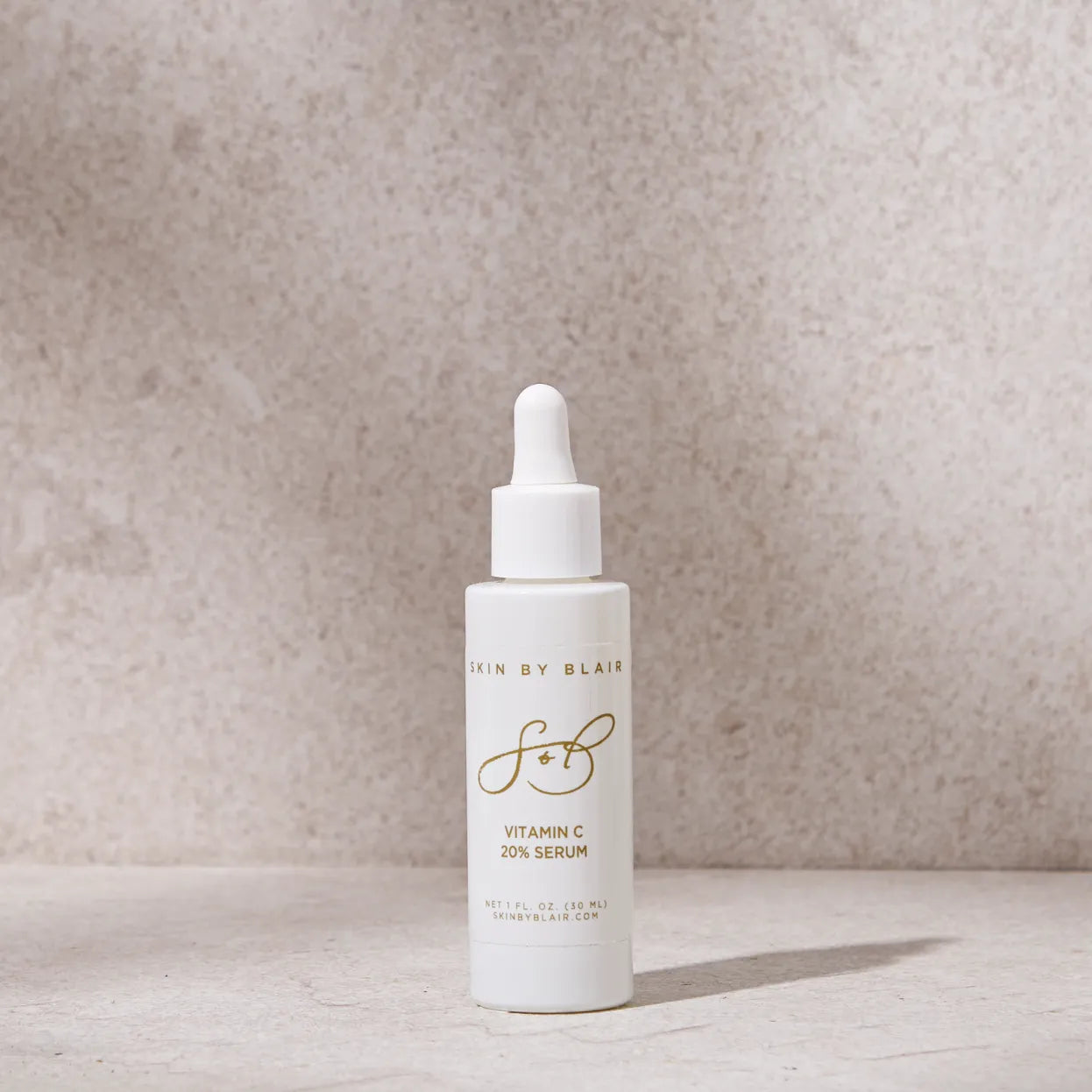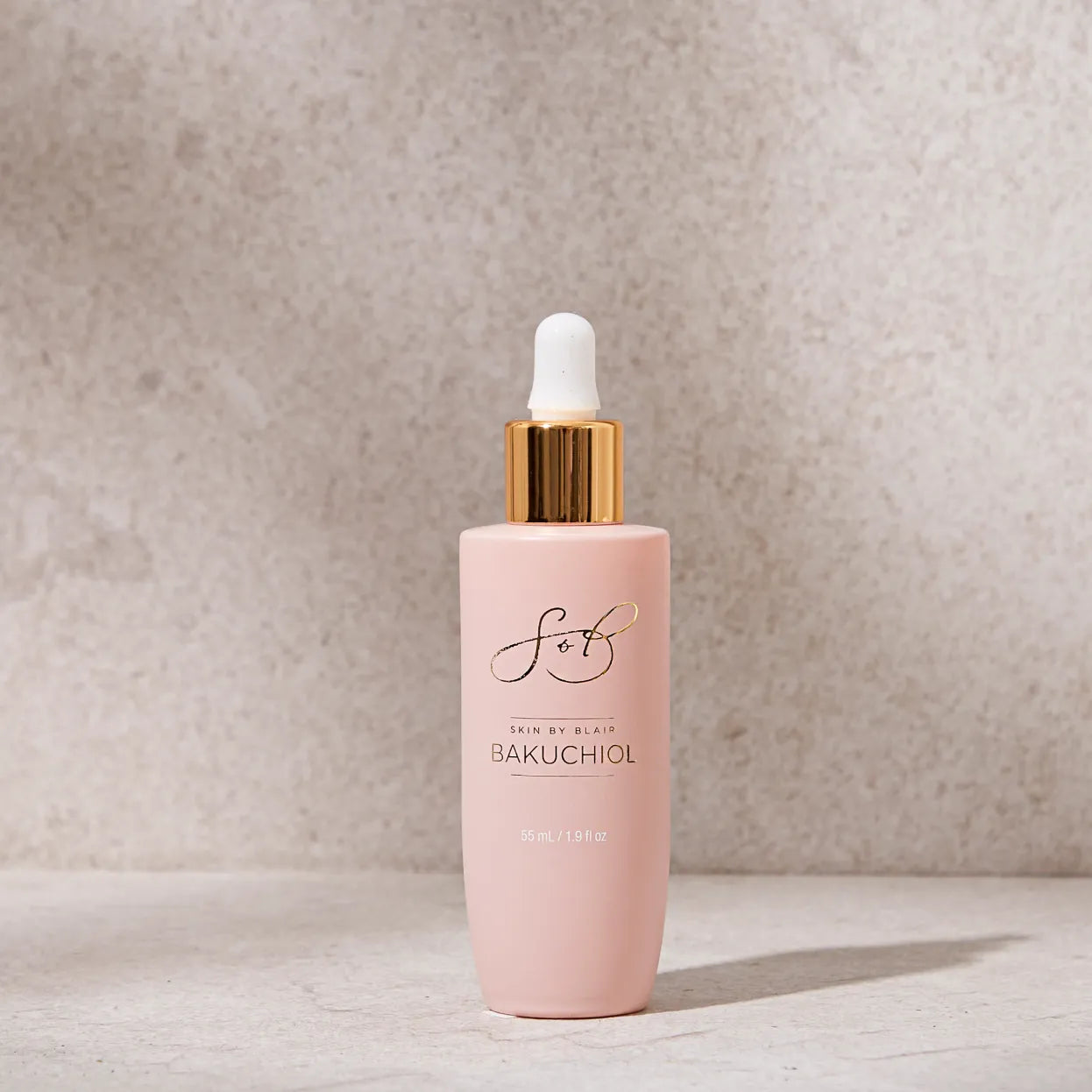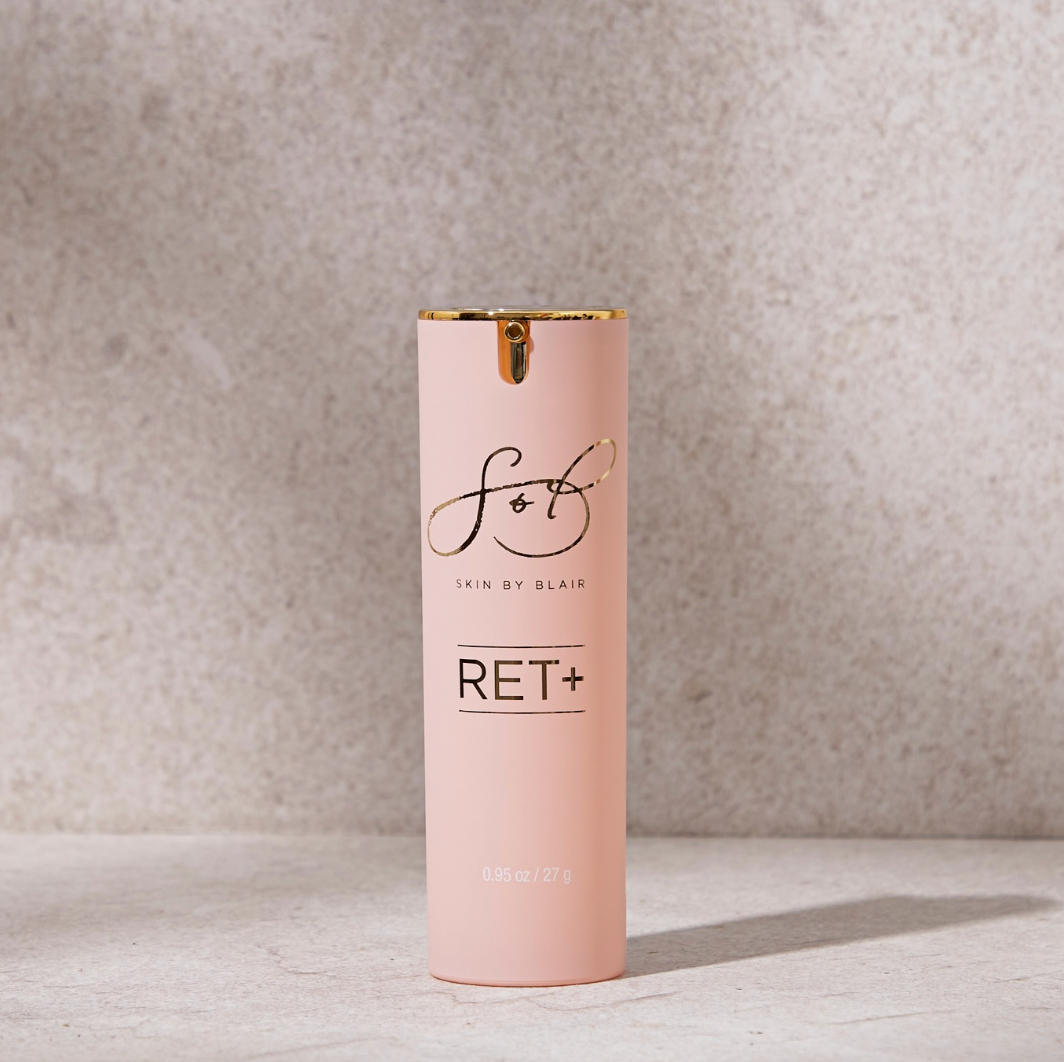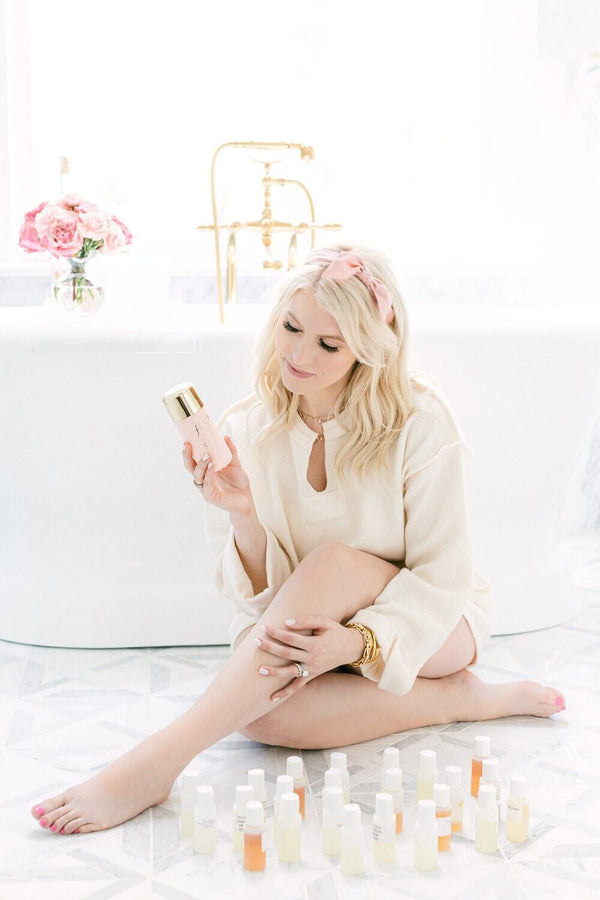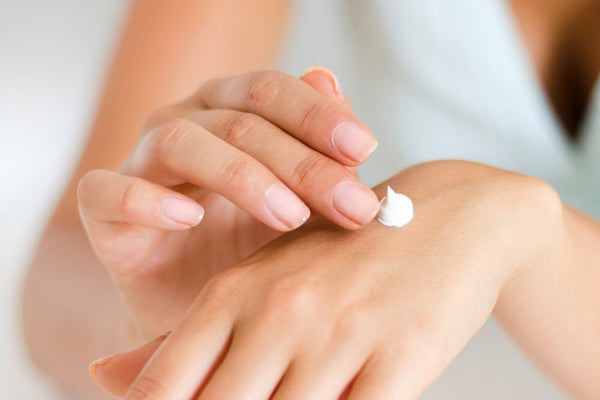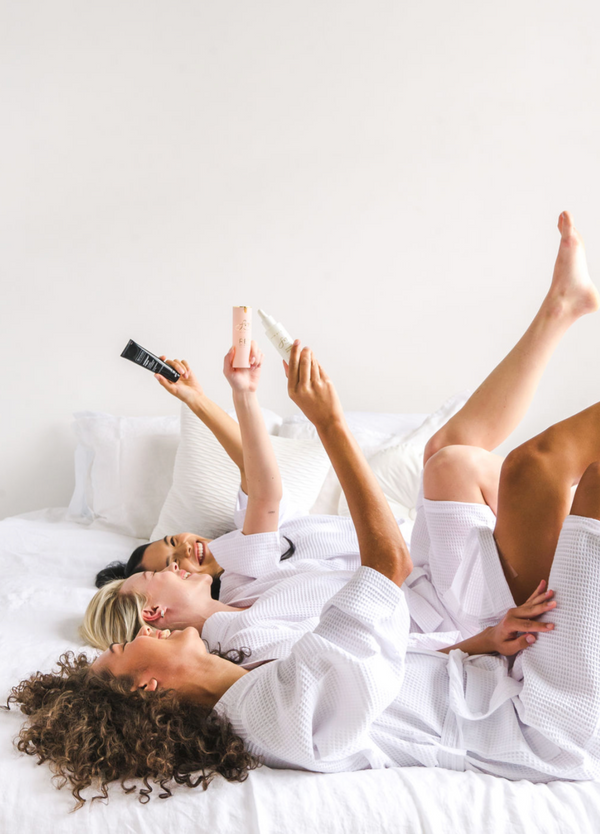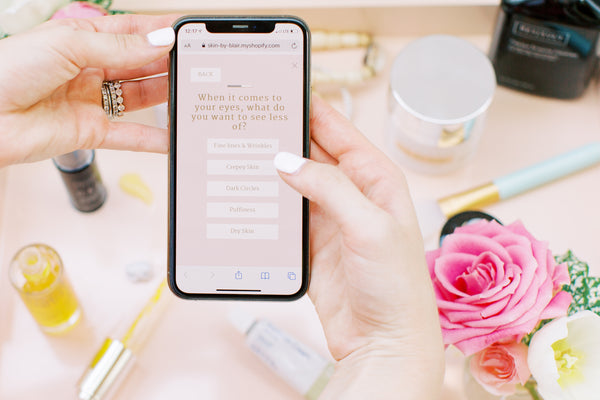Should You Be Using "Clean Beauty"?
Let me guess — you've heard people on the internet telling you how toxic your products are, how they detoxed and cleaned out their entire beauty routine, and why you should too.
But, is there reliable clinical evidence supporting these claims, or are they simply using fear as a marketing tactic to get you to purchase their products? Let's take a look.

What exactly is "clean beauty"?
The term "clean beauty" is widely used across various industries, appearing on beauty product labels, household cleaning supplies, influencer endorsements, and even websites of major brands like Sephora.
So what exactly does it mean? Well... actually nothing.
There is no standardized definition of "clean beauty" by any regulatory body such as the FDA or FTC. This absence of regulation allows brands to create their own criteria for what constitutes as "clean", leading to variability and ambiguity (or as I like to call it, smoke and mirrors) in the market.

First things first, let's get a few things clear!
Before anyone jumps to conclusions and assumes that my stance on clean beauty is rooted in apathy towards health, let me clarify: nothing could be further from the truth. I am deeply invested in health, both my own and that of others. I care about the health of my patients, and if you're reading this, I care about YOUR health too.
My frustration arises from witnessing companies resorting to fear mongering tactics and manipulating consumers' health concerns for their own gain, especially when it's based on false claims.
In case you're not familiar, fear mongering as a marketing tactic involves deliberately invoking fear and anxiety in consumers to influence their behavior, typically to promote a product. It plays on people's primal instincts and vulnerabilities, exploiting their fears to drive sales.
I've always maintained this stance, and I'll continue to stand by it: I strongly oppose companies exploiting people's insecurities by marketing their products based on feel-good actions and myths. It's unethical and manipulative, and it undermines consumers' trust and confidence in the products they buy. As consumers, you deserve transparency and honesty from companies, not deceptive marketing tactics designed to prey on our vulnerabilities.

Those dose always makes the poison
One of the fundamental issues with the "clean beauty" movement is its tendency to categorize ingredients into two simplistic categories like 'clean vs. dirty,' 'toxic vs. non-toxic,' or 'nasty vs. nice,' without considering the crucial factor of dosage. This oversimplification fails to acknowledge the nuanced nature of ingredient safety and overlooks the principle that "the dose makes the poison."
For example, let's look at the ingredient 'water'. In everyday life, consuming water is not only safe, it is, in fact, necessary for proper bodily functions. It's a very 'safe' ingredient, right?
However, if someone were to consume an extreme amount of water within a short amount of time, it can lead to dangerously low sodium levels in the blood and even cause to death.
So - is water safe? or not?
You see, the key factor is not whether a substance is inherently "safe" or "unsafe," but rather the amount consumed and the frequency of exposure. It is simply impossible to categorize ingredients into 'safe vs. not-safe' or 'toxic vs non-toxic' without also looking at the dose of the ingredient.
How to tell if a study has reliable findings?
If you want to critically evaluate the reliability of a study's findings, your first step should be to assess the quality of the study's design. Some studies are so poorly designed that they are scientifically retracted. Retraction is a mechanism used by scientific journals to prevent the dissemination of inaccurate or misleading information.
Many factors of the study's design play a pivotal role in determining the validity and trustworthiness of its results.

Some of the key factors that I always assess include:
• How was the study performed? (Was it done in a way that could distort the results?)
• How many people participated? (Is that number adequate to reflect meaningful data?)
• What was the duration of the study? (Was that amount of time able to capture accurate data?)
• What was the control group? (Were all other variables isolated?)
• How did they analyze the data? (Did it accurately measure what it intended to measure? Did they generalize the findings beyond the study sample?)
• And lastly, and arguably the most important factor to evaluate — who funded the study?
Understanding the source of funding can provide insight into potential biases or conflicts of interest that may influence the study's outcomes.
If the person that is paying for the study is the one that is benefiting from the results, that is an immediate red flag.

Let's look at an example of poor data analysis:
Oh, parabens... a prime victim of the clean beauty revolution.
Parabens, highly effective preservatives often found on 'dirty' lists, owe their vilification to a study from about 10 years ago, with, you guessed it, poor data analysis. The study concluded that parabens were hormonal or endocrine disruptors and would increase breast cancer risk.
How did they come to that conclusion? By injecting rats with parabens.
But here's the thing:
1. Humans are not rats.
2. Injecting something into the bloodstream is not the same as applying it topically.
3. The amount injected into the rat far exceeded any amount someone would realistically be exposed to.
So, knowing that — did the study accurately measure what it intended to measure?
No. They intended to measure if topical application of parabens would cause endocrine disruption in humans, but the study tested injected application in rats.
Did they generalize the findings beyond the study sample?
Absolutely. Based on their findings with high doses of parabens injected into rats, they generalized their findings to topical applications of low doses of parabens in humans.
